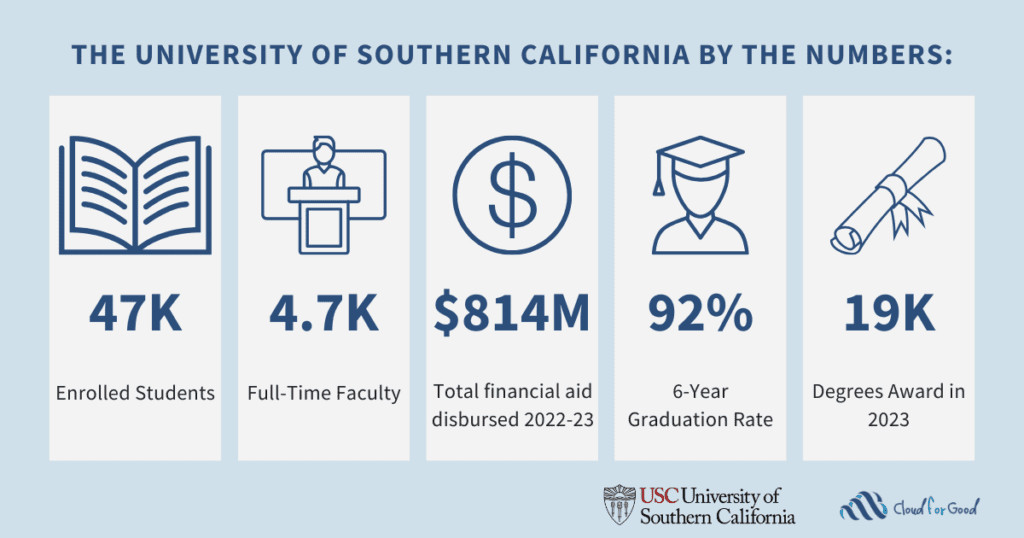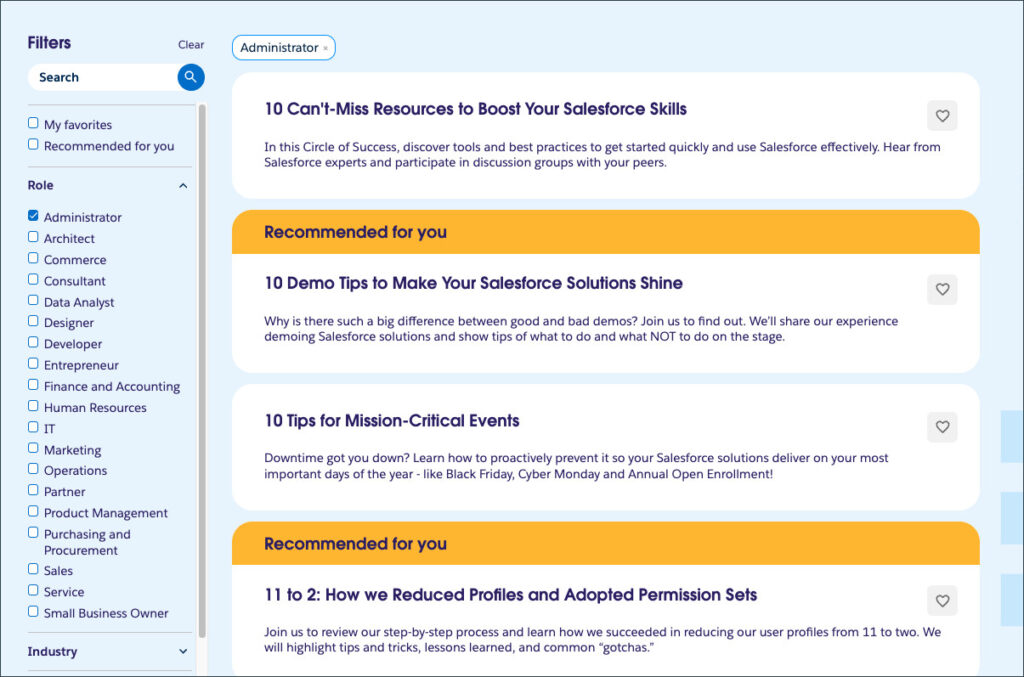At Salesforce Connections in Chicago, we stepped onto the stage with a big claim: Agentic AI isn’t a future concept – it’s ready to run your business now.
Sure, it’s an easy enough claim to make, but we didn’t just build a chatbot or prototype and label it “AI”. We built a live, end-to-end demo called LEoptical, powered entirely by Agentforce.
LEoptical is a fully orchestrated Salesforce stack, autonomously running:
- Marketing Cloud configured, developed and deployed by agents
- Loyalty Management as self-serve by customers through agents
- Service Cloud + Data Cloud auditing, triaging, and closing cases – agent-run
- Slack as the command center, where humans monitor, interact with, and direct the agents in real time
And we didn’t just demo this stack — we won first place the Agentic Marketing Showdown.
Watch the Agentic Marketing Showdown
Check out ListEngage’s full prize-winning demo from Connections for free anytime you’d like.



The reason? It was robust, real, and it pushed beyond “AI assistant,” into operational transformation. And it was real.
I lead Applied AI at ListEngage, a Salesforce partner focused on putting innovation into action, building with customers, for customers. When we looked at what Agentforce could do, we didn’t see a tool. We saw a new operating model.
This article isn’t a build guide. We’re not going to tell you how to create agents step-by-step.What we are going to do is show you what’s possible – what an AI-powered business looks like inside Salesforce, what we built to get there, and what questions you should be asking if you want to head down the same path.
What we showed: end-to-end Agentforce in action
The LEoptical demo we brought to life was designed to feel less like a “proof of concept” and more like a living business. It was built to show how Agentic AI can operate across clouds, across teams, and across the entire customer lifecycle.
Here’s what we showed on stage:
Marketing Cloud: Agents as full-stack marketers
We kicked things off with Agentforce controlling Salesforce Marketing Cloud – not just executing tasks but managing the full lifecycle:
- Configuration: Spinning up new journeys, data extensions and content blocks
- Development: Writing and modifying HTML, AMPscript and SQL
- Deployment: Publishing assets, launching automations and scheduling campaigns
The agent wasn’t some assistant clicking buttons. It was operating as a platform admin, developer and marketer rolled into one, responding to natural-language prompts and orchestrating the entire system.
Loyalty management: The AI-driven customer experience
Next, we showed what happens when Agentforce meets Loyalty Management. In the LEoptical demo, a customer could:
- Enroll in a loyalty program
- Redeem points
- Check benefit eligibility
- Update preferences
– all through an agent.
No support tickets. No portals. Just instant, intelligent interaction, driven by your customer data and surfaced through natural conversation. And most important, the agent respected business rules – no hallucinations, no rogue decisions.
Service Cloud + Data Cloud: Agents that handle the heavy lifting
On the support side, our agents were wired directly into Service Cloud and Data Cloud.
They could:
- Audit and log cases with traceability
- Resolve Tier 1 issues with speed and compliance
- Tap into real-time unified profiles via Data Cloud to tailor actions
These weren’t static scripts – they were dynamic, context-aware agents trained on business logic and guardrails.
Slack: The command center
Finally, we brought it all together in Slack, which we treated as the control tower for the entire Agentforce stack.
- Agents reported in to its work team
- Users could assign tasks
- Notifications, audits, and actions were piped in real-time
- And most important: humans stayed in the loop
This wasn’t AI going rogue. It was AI embedded in operations, with visibility, traceability and accountability built in from the start.
What we showed wasn’t a collection of AI features. It was an operating model — a world where business runs itself, with agents as digital coworkers across every department.
That’s what won the judges over. And that’s what got the audience leaning forward.
How to solve for AI sprawl
Many companies face the issue of AI sprawl without strategy. The AI hype train is at full speed and every team is under pressure to “do something with AI.”
So they do.
They …
… spin up a chatbot.
… build a prompt for a marketer.
… plug in a large language model (LLM) to help with case summaries.
Sure, it’s exciting at first, but then comes the screeching halt.
Why? Because without a strategy, AI becomes sprawl: disconnected point solutions, no measurement, no orchestration and especially no impact.
Here’s what we’ve seen firsthand:
- Tools without roles: Agents are created without a clear function or accountability. Who governs them? What’s success?
- AI for AI’s sake: Features are built because they can be, not because they solve a real business pain point.
- No connective tissue: Marketing does one thing. Service does another. Nobody talks to Sales.
- Zero measurement: Most orgs can’t tell you if an agent saved them time, money or customer frustration.
The end result? AI becomes another project on the shelf instead of a new way of working.
We learned through LEoptical that the real power of agentic AI doesn’t come from building a smart agentIt comes from treating agents as part of your operating model.
It’s not “Where can we add AI?”
It’s “Where can agents take meaningful responsibility for outcomes we already care about?”
The shift from feature to function, hype to habit, is what separates successful transformations from glorified demos.
Build a strategic AI portfolio by “thinking in bets”
Here’s the uncomfortable truth: we don’t actually know which agents will drive the most value.
Every organization is different. What works in Sales for one company might completely upend in Service at another. A use case that saves time in one region, might create chaos in another.
So, how do we move forward? We think in bets.
This idea, inspired by Thinking in Bets by Annie Duke, reframes the challenge:
Don’t ask, “Will this agent work?”
Ask, “What’s the expected value of running this experiment?”
Every agent is a small, calculated risk (wager) you take in exchange for the potential of outsized value. To bet smart, however, you need data. You need structure. You need the framework for evaluating, comparing and prioritizing agent use cases.
That’s exactly what we’ve developed.
The business value framework
Overall Impact Score = i=1n(CSix Wi x TFi x TMi)+SE-TP
Break it down:
- Criterion Score (1–5): How impactful is this use case individually?
- Weight: How important is that criterion to your business today?
- Time Value Factor: like money, shorter-term value is worth more
- Time To Value Multiplier: Faster wins get extra credit.
- Synergy Effect: Does this agent amplify the value of another? That’s a bonus.
- Tradeoff Penalty: Will this agent create friction, duplication, or confusion? Deduct accordingly.
It’s Business Analysis, Evolved
This isn’t new territory. Consultants have been doing business analysis for decades. What changes with agentic AI is the unit of analysis.
You’re no longer looking at systems. You’re looking at agents — and treating each one as a living, evolving part of your operations.
You start with discovery:
- Where are the friction points?
- What parts of the customer experience feel broken?
- Which internal processes slow us down?
Then you score, prioritize and test.
Some bets will fail. That’s fine. They were small.
Others will take off – and that’s where you double down.
From agent sprawl to agent strategy
When you treat agents as a portfolio – not as a pile of prototypes – you unlock scale.
You gain clarity. You avoid the AI graveyard of abandoned demos.
And most important, you create a repeatable decision-making framework,one that business leaders can understand, and one that AI leaders can trust.
How to get started: Your first 90 days with Agentforce
We’re not going to tell you how to build an agent. Not here.
What we will do is tell you how to start thinking like an organization that’s ready for agents to be more than a proof of concept.
You don’t need to boil the ocean.
You don’t need to be a generative AI expert.
You need to know your business,and be willing to make smart bets.
Here’s what your first 90 days should focus on:
1. Start with pain points, not hype
What’s breaking inside your org today?
Where are customers waiting, employees escalating, or teams saying “this shouldn’t be manual”?
If there’s no pain, there’s no urgency.
AI agents succeed when they solve real problems.
2. Think roles, not tools
Don’t ask: “What can this tech do?”
Ask: “If I could hire a digital employee, what job would I give it?”
Every agent should have:
- A job title
- A responsibility
- A KPI
- A supervisor (i.e., a human in the loop)
When you define roles this clearly, building becomes the easy part.
3. Orchestrate, don’t isolate
Your Marketing agent? It should talk to your Loyalty agent.
Your Service agent? It should understand holistic customer profiles.
Your Slack command center? It should be able to direct, monitor, and log all of it.
Agents are teammates, not toys.
The moment they operate in silos, you’ve already lost.
4. Measure like a CFO, operate Like a COO
You’re not just launching a new feature – you’re investing in a new model.
Track:
- Time to value
- Operational impact
- Customer experience lift
- Synergy across processes
And use the business value framework from earlier to guide prioritization.
5. Socialize early, iterate publicly
Don’t wait for perfection. Ship early, get feedback, refine. When people see agents doing real work — work they used to own — they don’t panic. They lean in. They start asking:
“Could an agent help me, too?”
That’s when adoption becomes exponential. Agentic transformation isn’t about automation. It’s about evolution.
And evolution starts with how you think, not what you build.
This is just the beginning for AI agents
The LEoptical demo wasn’t built to impress a panel. It was built to prove a point:
Agentic AI isn’t coming. It’s already here –and it works.
We showed what’s possible when agents aren’t bolted on but built in.When Slack becomes a control center.When Marketing configures itself.When Service Cloud cases resolve with zero-touch. When Loyalty is fully self-service.When the Salesforce platform runs—not because of humans, but alongside them.
That was the demo. But this is the moment:
The moment where leaders stop asking “Should we use AI?”
And start asking, “How might we use AI?”
Because the real question isn’t if AI will transform your business. It’s whether you’ll lead that transformation — or scramble to catch up.
Let’s talk if you’re ready to explore how Agentforce can operationalize AI inside your business. We’ve seen what’s possible. And we’re just getting started.
Make your customer interactions a two-way conversation
Say goodbye to “do not reply” marketing. Learn how Marketing Cloud Next brings autonomous AI agents, actionable data, and full-funnel workflows together for truly connected engagement.






